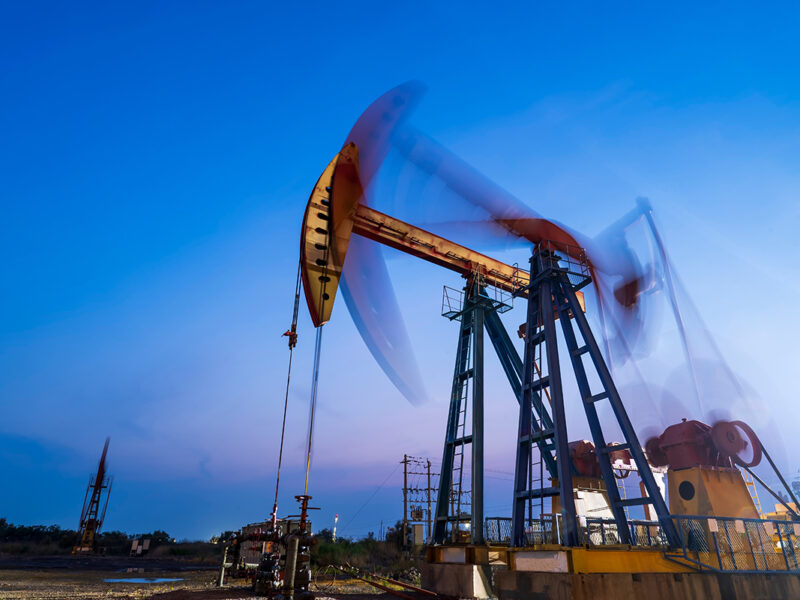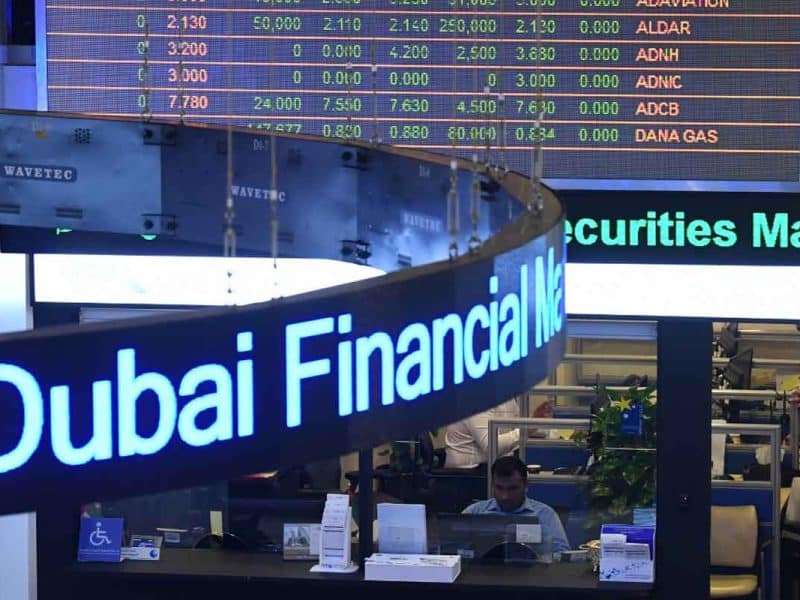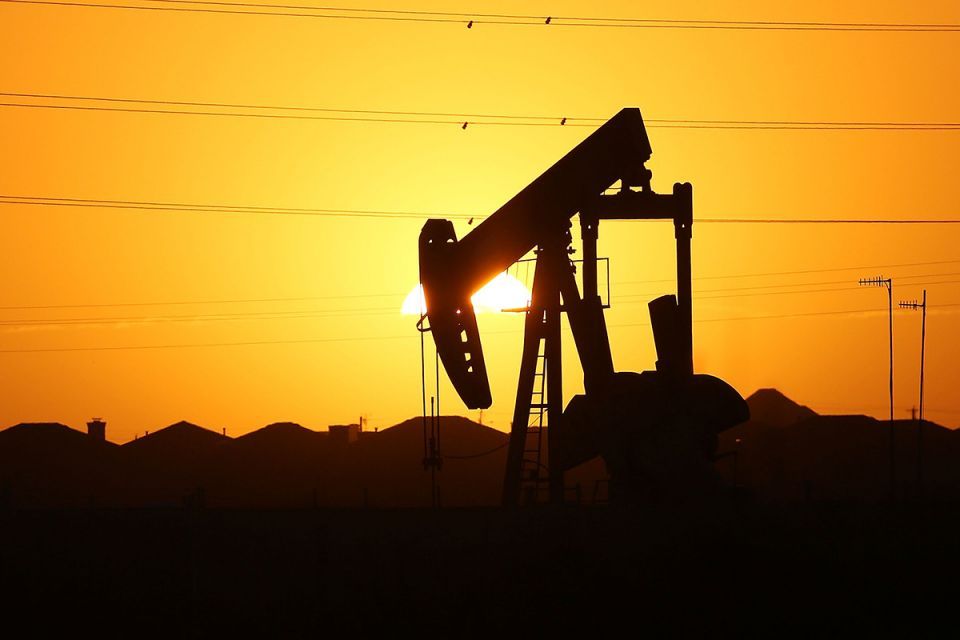Oil prices rose on Friday after the US reportedly tightened its sanctions programme against Russian crude exports, raising supply concerns in an already tight market.
Forecast on decline in global inventories through the fourth quarter is cited as another factor for oil prices to edge up on Friday.
Brent futures rose 36 cents, or 0.4 percent, to $86.36 per barrel and US West Texas Intermediate (WTI) crude gained 53 cents, or 0.6 percent, to $83.44 a barrel at 0052 GMT, Reuters reported.
Brent is set for a weekly gain of 2.1 percent, while WTI is set to climb 0.8 percent for the week, after both contracts surged on Monday on the potential for disruptions to Middle Eastern exports after Hamas’ attack on Israel over the weekend threatened a possible wider conflict.
US tightens scrutiny on Russian oil
Prices gave back some of those gains during the week. But, on Thursday, the US imposed the first sanctions on owners of tankers carrying Russian oil priced above the G7’s price cap of $60 a barrel, to close loopholes in the mechanism designed to punish Moscow for its invasion of Ukraine.
Russia is the world’s second-largest oil producer and a major exporter and the tighter US scrutiny of its shipments could curtail supply.
Also on Thursday, the Organisation of the Petroleum Exporting Countries (OPEC) kept its forecast for growth in global oil demand, citing signs of a resilient world economy so far this year and expected further demand gains in China, the world’s biggest oil importer.

“Supply-side issues remained the focus in the crude oil market,” Daniel Hynes, senior commodity strategist at ANZ, said in a note on Friday, adding that prices during early trade on Friday rose on the stronger US sanctions enforcement.
“Sentiment was also boosted after OPEC said it expects crude stockpiles to slump by 3 (million barrels per day) this quarter. That assumes that there are no further supply disruptions emanating from the Israel-Hamas war,” Hynes said.
Markets are awaiting data on China’s producer price index, consumer price index and trade activity in September that is due later on Friday for further signs where the world’s second-biggest economy is heading.









